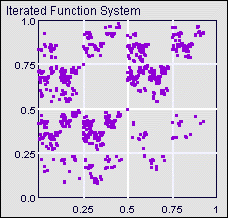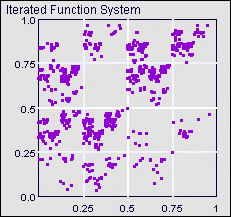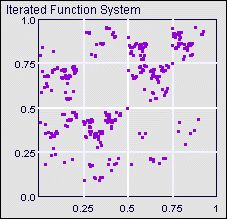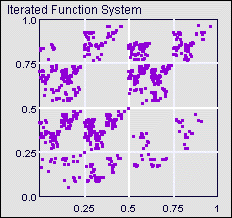| The order of the transformations is determined by the order in which the
phonological categories occur in the text, according to this correspondence. |
| T3: liquids and nasals | T4: all obstruents |
| T1: vowels | T2: glides |
|
| Some analysis |
| In all four the squares 22, 32, and 42 are empty, indicating only a vowel can
follow a glide. |
| In all four the squares 111, 234, 334, and 434 are empty. |
111: three successive vowels do not occur. |
234, 334, 434: a vowel must follow the combination obstruent then liquid or nasal. |
| Prufrock, Jabberwock, and Tradition all have 212 empty, while
Hollow does not. Consequently, glide-vowel-glide is possible, but uncommon, at least
among these samples. |
| Tradition has 433 empty, while Prufrock, Jabberwock, and
Hollow do not. (In Jabberwock why does the point on the boundary between 433 and 344
belong to 433?) Is this combination a phonological construction that distinguishes poetry
from prose? |



